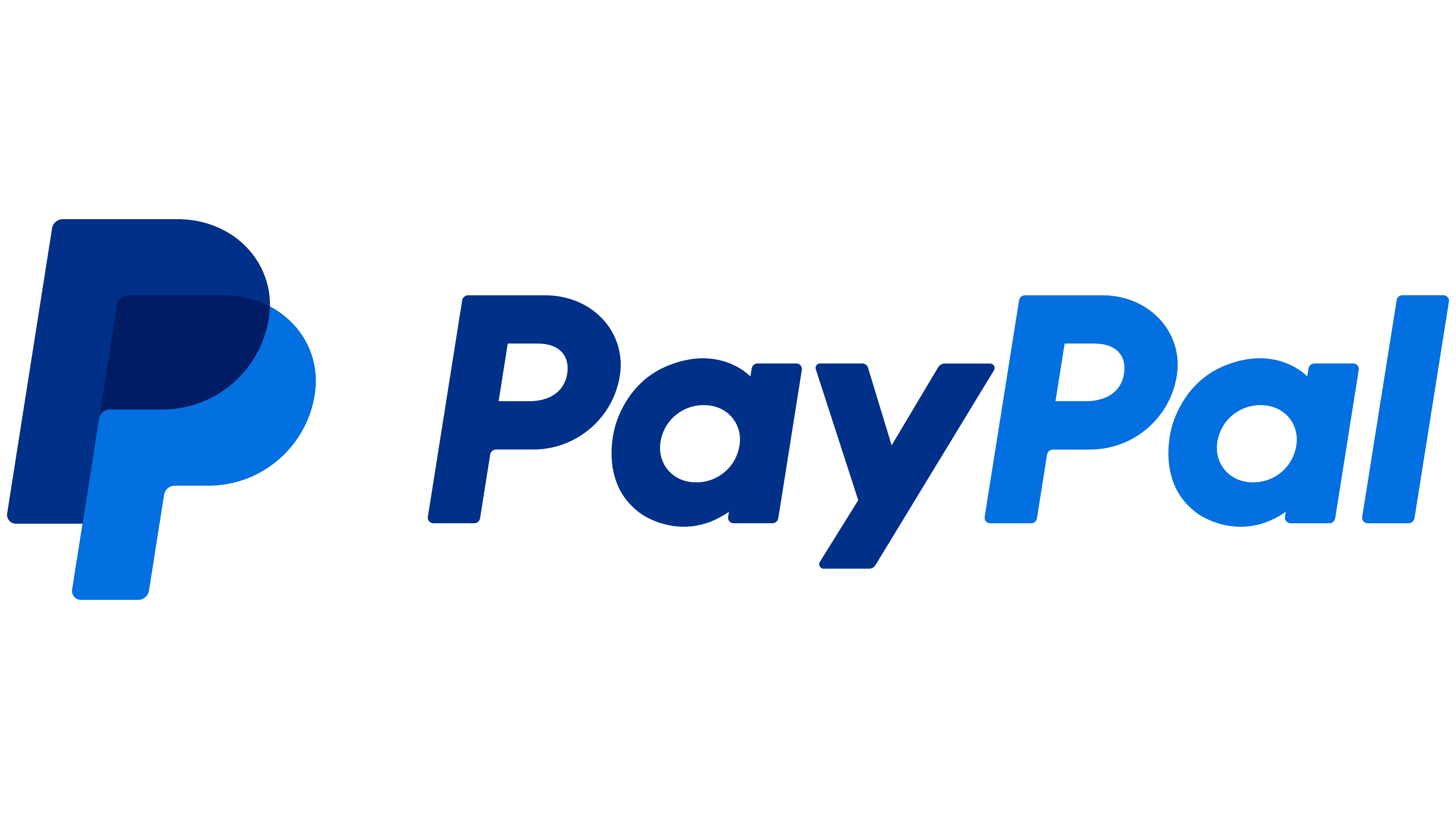A skills gap analysis is one of the best tools that HR can apply to understand their “skills inventory”. An effective analysis can mean the difference between a competitive workforce and slipping so far behind that it’s impossible to catch up. With so much riding on this process, it’s critical to get its core function – i.e. measurement – just right.
Mind the (Skills) Gap
As the shelf life of professional skills continues to shorten, count on skills gap analyses and continuous employee development to be a regular part of your routine. According to the World Economic Forum, 44% of workplace skills will be disrupted over the next five years. But, for many companies, the lack of skills is already here.
According to this survey by Wiley, 69% of HR professionals believe their organizations have a skill gap (compared to 55% in 2021). That’s why keeping employees competitive requires constant upskilling and reskilling. How do you do it? You guessed it: The best tool for identifying where skills are missing or need improvement is the skills gap analysis.
What Is a Skills Gap Analysis?
The shortage of skills in an organization takes two basic forms:
The first is the total absence of a skill that is needed for present and future activities. For example, your organization is about to start using a new type of technology, but no employee has any experience with it.
The second is a low level of proficiency in certain skills. This can happen, for instance, when an important directive originates at your company’s headquarters, but no supervisor at your branch has sufficient change management skills to implement the new concept.
A skills gap analysis identifies which skills are lacking and to what extent current skills are not up to par. Once the gaps and the employees needing skill refreshers have been identified, HR or L&D can address and remedy the situation, typically through learning and development programs.
A Note on Artificial Intelligence
Interestingly, as machines, AI, and automation take on more of the physical and basic tasks of an organization, soft skills training is becoming more crucial. According to a survey from ZipRecruiter, finding hard skills is not much of a challenge when looking for new hires. Instead, the top three areas where employee skills are lacking are time management, professionalism, and critical thinking.
<< Download FREE Skills Gap Analysis Template >>
Skills Gap Analysis: Benefits for Companies and Individuals
Performing a skills gap analysis can be a daunting task. Just remember, the rewards far outweigh the hassles. And when done correctly, the results benefit the entire organization.
Companies
Some companies implement an emergency skills gap analysis when they run into a crisis. Perhaps they have just realized that employee capabilities aren’t sufficient to adapt to a threat or even to deal with normal operations. Sometimes, companies regain competitiveness just by taking care of the most urgent gaps.
To move beyond survival mode, however, organizations need to go through the process more often, such as when a strategic change occurs, or an essential new technology is introduced. These companies will greatly reduce their risk levels.
And then there are firms that identify skill gaps twice a year or even quarterly. This always makes sense but is particularly important for industries where there are fast developments and lots of competition. This frequency will minimize the lag between the recognition of a skill deficiency and the “programs” phase (see below). It will even enable some organizations to move into a more competitive position.
The advantages of improved workplace skills seem intuitive, but what do the facts say? According to LinkedIn, organizations with strong employee development programs see a boost in vital areas such as retention, which can improve by an average of 57%. Coursera reports that 58% of companies build professional development skills as a way to increase employee engagement.
Individuals
Part of the skills gap analysis process goes through steps that are very similar to career pathing. This is a vital motivator because it demonstrates that the organization is committed to the employee’s particular development plan. Ultimately, the main goal of the skills gap analysis is an employee who is better prepared for the future and will more likely spend their career with the company that gave them the right skills. In line with the increased retention rates mentioned above, effective professional development programs can increase internal mobility (23%) and promotions to managerial roles (7%).
Skills Gap Analysis Use Cases
The advantages of a skills gap analysis go beyond plugging holes in company capabilities. These include:
Resource Optimization
The knowledge gained by a skills gap analysis offers significant insights into how well human resources are being utilized. It can identify top performers and, as a consequence, organizations can reorganize their staff for purposes such as talent development and leadership/mentorship roles.
Strategic Preparation
Getting ready for a new direction often requires upskilling, reskilling, and hiring. The results of a skills gap analysis can lead to effective workforce planning and preparation for the next major step. It can also help with succession planning as a company moves to replace the skill sets of employees who are due to leave.
Recruiting
A skills gap analysis might result in discovering that the organization isn’t just missing skills – it’s either missing entire roles or includes roles that need to be fine-tuned. The data from a skills gap analysis will help define the skills needed for new roles and which positions need to be redefined. Those involved in hiring efforts will have a more accurate idea of the kinds of skills that will produce better results.
The 3 Main Steps of Skills Gap Analysis
There are three phases in a skills gap analysis: positions, processes, and programs.
Positions
In this step, HR creates a map of all of the employee positions in the company and then adds those that it will require until the analysis cycle is complete. For example, if the current skills gap analysis initiative will last a year, and there are new jobs to be created during that period, then HR should build full job descriptions for the new roles. These descriptions should be treated as though they apply to current positions.
What the HR department is doing in practical terms is filling out an organizational chart, which it might have already. However, part of the analysis is figuring out what roles and skills are missing. To this end, HR should ponder the following questions, together with stakeholders across the organization:
- Are we meeting current goals with existing staff?
- What positions will we need in light of the near-term strategy?
- What do managers think about staffing requirements based on their industry and company knowledge?
- How will expected turnover and succession affect the org chart?
- Are any current jobs going to be automated?
- What’s happening with hiring and skills in our industry?
- Do we expect to start using any new technologies soon?
Processes
The goal of this phase is to create a “skills inventory”. Again, practically speaking, this takes the form of listing the skills that are associated with each position in the organizational chart.
A major challenge here is forming a complete list. Let’s say you are filling in the skills of a production line manager. Obviously, they need proficiency in using the equipment that makes the product, and in the software used to organize the production line. But are problem-solving, leadership, and other soft skills also relevant?
As automation and AI grow in use in every industry, the answer when it comes to needing strong soft skills is always ‘yes’. Soft skills should be codified like hard skills by defining the evaluation criteria and adding interview questions for new candidates that help draw out the candidates.
To create an optimal inventory, these steps make a good starting point:
- Examine job requirements and position descriptions, creating a list of skills needed for each position
- Review employee evaluations to determine if current skill levels are optimal
- Conduct interviews with managers and get their input regarding missing/suboptimal capabilities – do they think the missing or undeveloped skills require training, or can they be learned on the job?
- Arrange meetings with employees to understand where the absence of skills is hindering their performance and those who influence their tasks
By the end of this phase, you should be able to categorize your skill gaps into four different types:
Absent – These skills represent positions in the org chart that are missing. Once identified, HR should begin the search to fill them immediately because the hiring process can take time.
Current – These are skills that meet the present requirements.
To develop / Urgent – These might be the missing skills that led to the skills gap analysis in the first place, and which are first in line for the “programs” phase.
To develop / Not Urgent – Particularly when it comes to soft skills, employees could always use some level of development; but areas that are not critical can be handled through continuous employee development.
*Two important points to note:
Technology can help here. It can be difficult to create and edit huge charts, especially for large organizations. There are talent management systems that allow you to record and organize employee performance records, and even skills gap analysis software that guides you through the entire operation.
Some companies are moving from listing employees in terms of roles to describing them in terms of skills, AKA skills-based hiring. A skills gap analysis might be the ideal time to implement this concept.
Programs
To resolve missing and subpar skills, there are many approaches that can be taken:
- Learning and development. There are endless options here, depending on the required skill. If you find that an employee lacks a certain hard skill, you can offer them a short course with a technical expert at work or through an L&D platform like Growthspace.
You may also find that a manager who lacks several management-related skills can be put on a strategic continuous employee development journey or, in more serious cases, offered an MBA degree where they can take night courses at a local or online university. Another option is a mentorship, either internal or external. This can be the perfect way to not only teach but show the employee how to be a good manager. Seeing a good manager in action can be just as enlightening as taking a course.
Also, if you find that large swaths of your employees are missing a certain skill, you can bring in expert lecturers or design a workshop that will engage employees and teach the skill in group settings.
- Internal mobility. When it comes to filling current roles, looking at your existing employee base is usually the best starting point. Certain workers may already have the experience and skills that are needed–which is just one of the many benefits of internal talent mobility. If you find the right person with the right skills already working for you, there is an added advantage of already knowing the company culture and colleagues, offering an easier transition. Plus, if they’re lacking full proficiency in a few of the skills, some light upskilling may be needed, but it’s certainly cheaper than hiring someone new.
- External recruiting. There are going to be situations when certain skills must be brought in from outside, particularly those that are both new and comprehensive. If you know what skills a certain position requires and don’t have an employee who fits the role, you’ll need to hire externally.
Skill Gap Analysis Templates
Especially in large companies, the result of a skill gap analysis can be difficult to easily display. The goal here is to show what skills are missing or weak, and which employees will be part of resulting L&D programs.
The template below is an example of how this can be accomplished. The number of skills and employees is kept to a reasonable amount by defining them according to the team. For simplicity, let’s assume that “absent” skills will be sourced through external hiring. The skills that require internal development are listed in the upper lines. In the lower lines, specific employees and the skills that they should acquire are shown. Note that some employees might need to take the same courses for skills that are more universal.
Other essential templates, such as organizational charts, employee evaluations, and L&D schedules, are often completed separately to keep things simple.
<< Download FREE Skills Gap Analysis Template >>
The Importance of Measurement
“To Develop” skill gaps are very common but difficult to describe. Take communication skills, for instance. The analysis might show that customer service staff handles their email flow well, but you’ve heard complaints about client call-ins. So, they don’t need communication skills training from scratch but could use some touching up in the verbal department. Metrics allow HR to figure out exactly which employees require what training, and at what level.
Skill Gap Measurement Frameworks
Applying different types of metrics allows you to vary your approach according to your goals at the moment. You might be in the middle of an organizational change when your objective is to create an extensive list of current skills so that you know how to assign employees to new departments. Or you might be involved in a half-year analysis and just looking for any glaring gaps.
You can also use methods beyond a skills gap analysis. It’s important to keep an eye on skill levels as often as possible. For example, skill-related questions on periodic evaluation forms for both managers and employees will be an advantage when looking at candidates for leadership positions. In short, you can choose from the following methods to suit any number of initiatives:
Aptitude Tests
These tests are often applied when a person is first hired, but not always, particularly when the hiring process is rushed. Still, evaluation is often necessary at some point to determine the basic abilities of your workforce. Examples include:
- Written and multiple-choice tests
- IQ evaluations
- Demonstrations of role-related skills and insights
Behavioral Assessments
One step up in complexity from aptitude tests are behavioral assessments. These examine higher-level skills that require a combination of basic abilities. They are often applied to managers or managerial candidates but are actually relevant to all employees. Included in a behavioral assessment are activities such as critical thinking, decision-making, creative thinking, and memory tests.
Evaluation in this area can be done through logic puzzles, math questions, scenarios, and interviews.
Focus Groups
Several kinds of essential employee interactions happen in groups. That’s why, in many companies, job candidates are observed as they participate in discussions or role-playing. This can occur both with other employees and with managers and HR people.
Group dynamics can be used to test employees in situations that are similar to their current role, or to see how they will perform in a position that is new to them. HR can try different situations according to the skill gaps that they need to fill.
This option can also be used when there isn’t enough time for individual evaluations. You can “skip” other forms of single-employee testing for when it is more convenient.
Role Competency
One of the tasks in a skills gap analysis is to list skills according to role. As part of the measurement phase, HR can use a role competency assessment to understand how well an employee fulfills these skills.
During a role competency test, the employee should be examined (time permitting) to demonstrate performance in each aspect of their role. However, it can be a challenge for HR to devise a test for every ability. Often, the worker will simply perform their job as HR or a manager grades different aspects of their activities.
360-Degree Feedback
A common issue with grading skills, particularly soft skills, is that performance is subjective. An employee who seems to have great leadership skills according to one person may be a dismal manager according to another.
360-degree feedback tends to eliminate this bias by including reviews from direct managers, department heads, clients, coworkers, and HR members.
Performance Reviews
Another common evaluation tool is the performance review, which is administered at least once a year. Performance reviews usually include a section for skill assessment. However, if the reviews occur when a skills gap analysis is underway, you could include a few additional relevant questions.
Get Rid of Gaps with Growthspace
Once skill gaps have been identified, the next step is to eliminate them. Some organizations will hire employees with in-demand abilities, but it’s much more practical and cost-effective to upskill existing talent.
Growthspace is the right platform for organizations that want to do this accurately and at scale.
Growthspace is the world’s first precision skill development platform. Using AI, it matches individuals and cohorts with domain experts for development sprints. The platform helps you asses skill gaps and seamlessly automates program execution and measurement. Leveraging a network of over 2,800 global experts in over 65 countries across 80+ skill sets, Growthspace ensures every individual gets the precise skills they need to drive performance.




